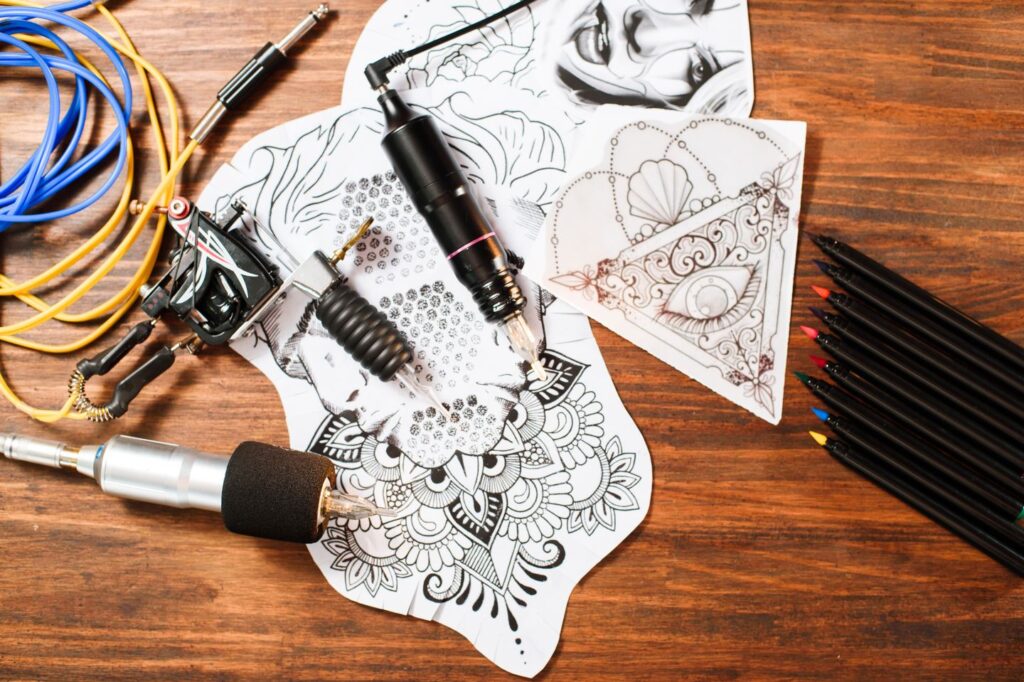
From the ancient traditions of Hinduism and Buddhism to modern art therapy, mandalas have long captivated us with their symmetrical beauty and profound spiritual symbolism. If you’ve already dipped your toes into the world of mandala art and are ready to delve deeper, we’ve got you covered. This guide will unlock advanced mandala drawing techniques that can truly elevate your artistry and mindfulness.
1. Exploring Complex Patterns
There’s an immense beauty in the limitless pattern possibilities that mandala art offers. As an advanced mandala artist, you’re no longer confined to basic shapes. Instead, you can explore more intricate geometric patterns by incorporating multi-sided shapes such as pentagons, hexagons, and even decagons. By experimenting with these and understanding the symmetrical balance inherent in these shapes, you can create breathtakingly complex mandala patterns that truly stand out.
2. Experimenting with Colors
Color brings life to mandalas. And while contrasting colors are commonly used in beginner designs, advanced mandala drawing techniques delve into the subtleties of color. Experiment with blending different hues, creating stunning ombre or gradient effects. Or dive into the realm of color theory and utilize analogous or complementary colors to evoke specific emotions or create visual harmony or contrast in your mandalas.
3. Incorporating Zentangle Elements
Zentangle, an art method of creating abstract patterns or ‘tangles’, provides a beautiful complement to mandala art. By incorporating Zentangle elements into your mandalas, you add an extra layer of complexity to your designs. The practice of Zentangle, much like mandala drawing, encourages mindfulness and focus, making it an enriching addition to your creative process.
4. Exploring Different Mediums
There’s a whole world beyond pens or markers! Different mediums like watercolors, pastels, and colored pencils can add a unique depth and texture to your mandala art. For instance, watercolors are excellent for creating soft transitions between colors and imparting a dreamy effect to your designs. Pastels, on the other hand, can add a rich texture to your work. Exploring these mediums not only diversifies your art but also expands your skill set as an artist.
5. Playing with Dimensions
Who said mandalas can only be two-dimensional? An exciting avenue to explore as an advanced mandala artist is the addition of 3D elements. By layering sections of your mandala or using shading techniques, you can create an illusion of depth, making your mandalas come alive. This technique challenges your perspective and takes your mandala art to a whole new level.
While these advanced techniques challenge your creativity and technical skills, they also further the spiritual and meditative essence of mandala drawing. Whether you’re blending colors, weaving intricate patterns, or giving life to a 3D mandala, you’re expressing your unique interpretation of the universe and its unity. Ultimately, creating a mandala is about the journey as much as it is about the final artwork. So dive in, embrace the process, and let your artistry shine.
